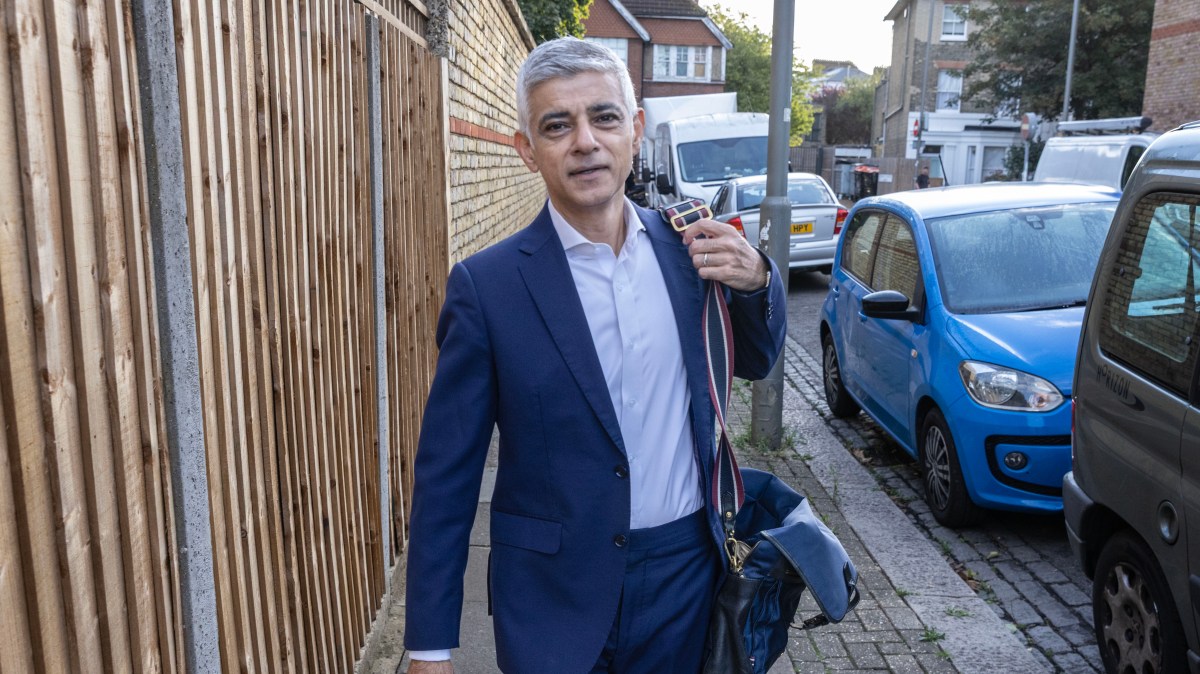World
London Faces Transport Disruption as Tube Drivers Strike

London experienced significant disruptions this week as tube drivers went on strike, leaving commuters in a state of chaos. The walkout, which began on October 10, 2023, has drawn attention to the ongoing tensions between Transport for London (TfL) and the drivers’ union, exacerbated by the absence of Mayor Sadiq Khan during this critical time.
The strike reflects a shift in power dynamics within London’s transport system. Tube drivers, once viewed as essential to the city’s operation, are finding their influence diminished, partly due to the rise of alternative transport options such as hire bikes and the increasing prevalence of remote work. Commuters have reported overcrowded buses and longer travel times as they seek alternatives to the disrupted tube services.
Impact on Commuters and Local Businesses
The impact of the strike has been profound, affecting daily life for many in the capital. With tube services significantly reduced, many Londoners have had to adjust their routines. Commuters reported waiting longer for buses and experiencing overcrowding during peak hours. Local businesses, particularly in the hospitality sector, are feeling the strain as foot traffic dwindles.
According to a survey conducted by the London Chamber of Commerce, approximately 65% of businesses reported a decline in customer visits due to transport disruptions. This could lead to a potential loss of revenue that may impact the local economy in the coming weeks.
Union Stance and Future Negotiations
The drivers’ union has stated that the strike aims to address ongoing grievances regarding pay and working conditions. Union representatives argue that the current compensation does not reflect the rising cost of living in London. They have called for negotiations with TfL to ensure better working conditions and pay that matches the demands of the job.
In response, TfL has expressed disappointment at the decision to strike, emphasizing their commitment to maintaining a reliable transport network. They noted that discussions were ongoing prior to the strike and reiterated their willingness to engage in dialogue to resolve the issues.
The absence of Sadiq Khan during the strike has raised questions about leadership accountability. Critics argue that his lack of presence during such a pivotal moment undermines the city’s governance. Khan’s office stated that he was focused on other pressing matters but acknowledged the importance of resolving the transport issues swiftly.
The strike is set to continue, with tube drivers planning further walkouts if their demands are not met. As London navigates this transport crisis, the implications for commuters, businesses, and the overall economy remain uncertain. The situation highlights the evolving nature of urban transport and the challenges that arise in maintaining a balance between worker rights and public service efficiency.
-

 Health3 months ago
Health3 months agoNeurologist Warns Excessive Use of Supplements Can Harm Brain
-

 Health3 months ago
Health3 months agoFiona Phillips’ Husband Shares Heartfelt Update on Her Alzheimer’s Journey
-

 Science1 month ago
Science1 month agoBrian Cox Addresses Claims of Alien Probe in 3I/ATLAS Discovery
-

 Science1 month ago
Science1 month agoNASA Investigates Unusual Comet 3I/ATLAS; New Findings Emerge
-

 Science4 weeks ago
Science4 weeks agoScientists Examine 3I/ATLAS: Alien Artifact or Cosmic Oddity?
-

 Science4 weeks ago
Science4 weeks agoNASA Investigates Speedy Object 3I/ATLAS, Sparking Speculation
-

 Entertainment4 months ago
Entertainment4 months agoKerry Katona Discusses Future Baby Plans and Brian McFadden’s Wedding
-

 Entertainment4 months ago
Entertainment4 months agoEmmerdale Faces Tension as Dylan and April’s Lives Hang in the Balance
-

 World3 months ago
World3 months agoCole Palmer’s Cryptic Message to Kobbie Mainoo Following Loan Talks
-

 Science4 weeks ago
Science4 weeks agoNASA Scientists Explore Origins of 3I/ATLAS, a Fast-Moving Visitor
-

 Entertainment4 months ago
Entertainment4 months agoLove Island Star Toni Laite’s Mother Expresses Disappointment Over Coupling Decision
-

 Entertainment3 months ago
Entertainment3 months agoMajor Cast Changes at Coronation Street: Exits and Returns in 2025









